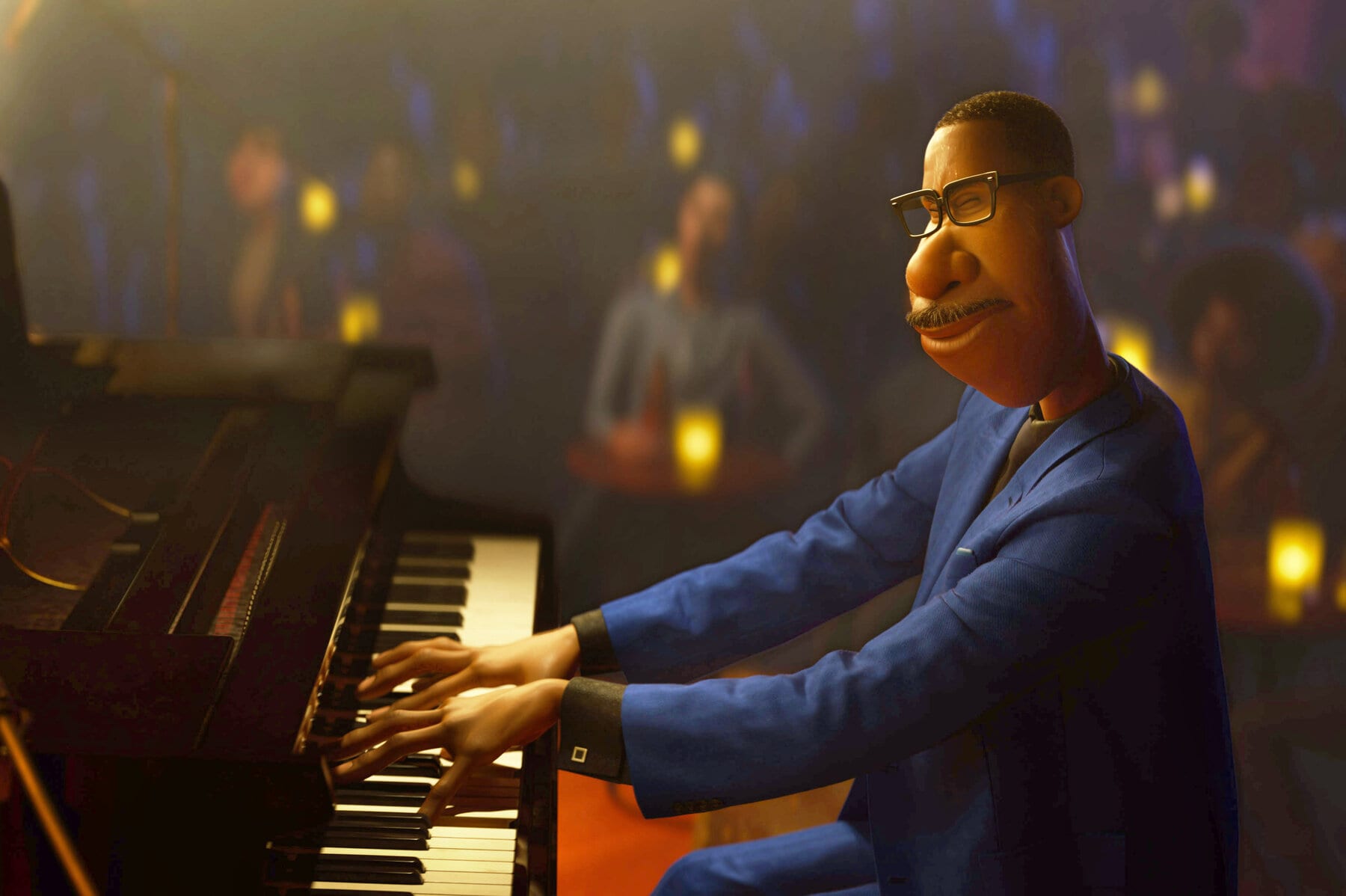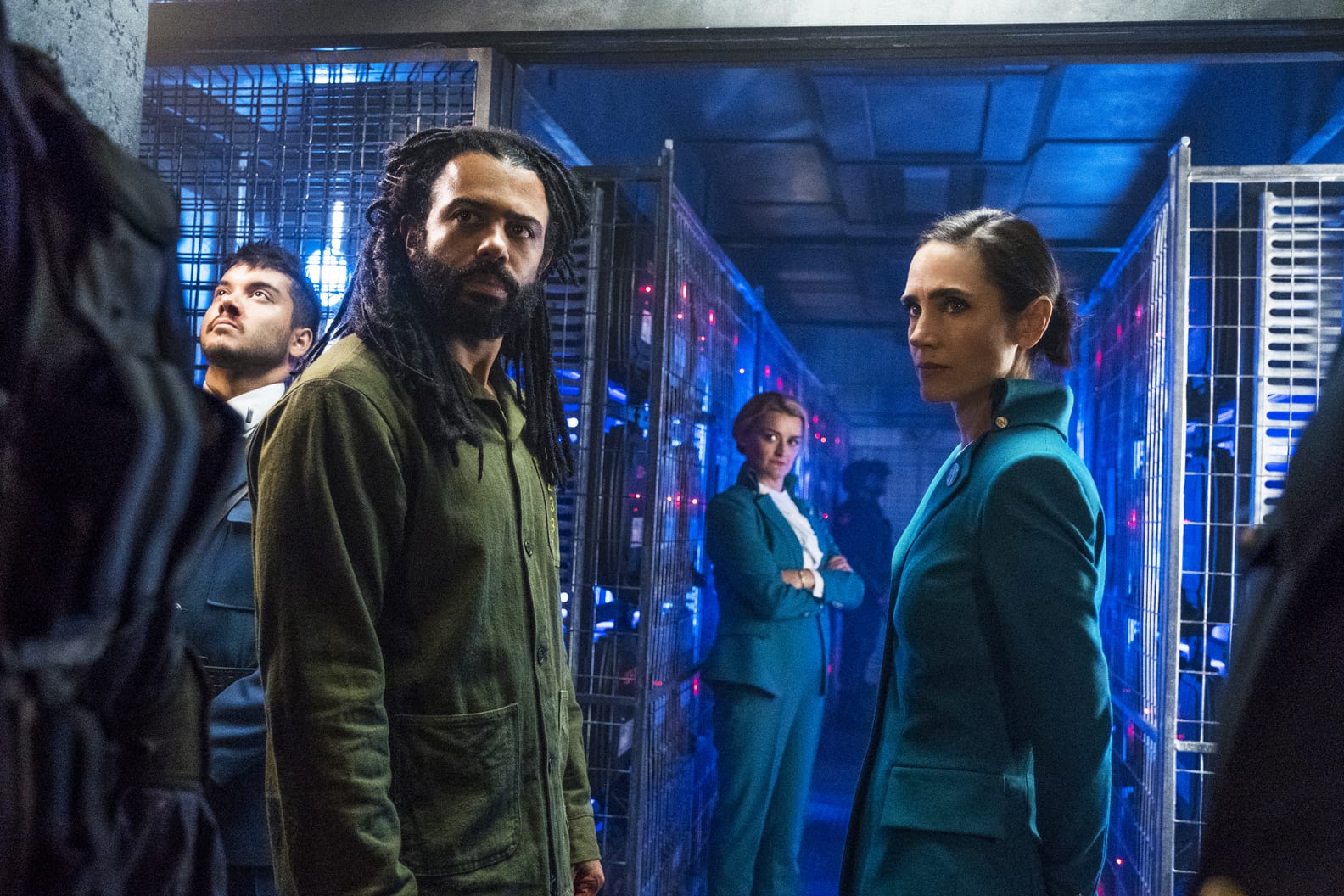
Soul: Jazzing through Life Together
Every now and then, Pixar releases a film that is not just enjoyable or even powerful but truly special. Soul is one of those films. Directed by Pete Docter, Soul is a film that admittedly feels like it?s been made for adults but kids should still love as well. While Docter?s previous hits Monsters Inc. and Inside Out targeted the fears and…

